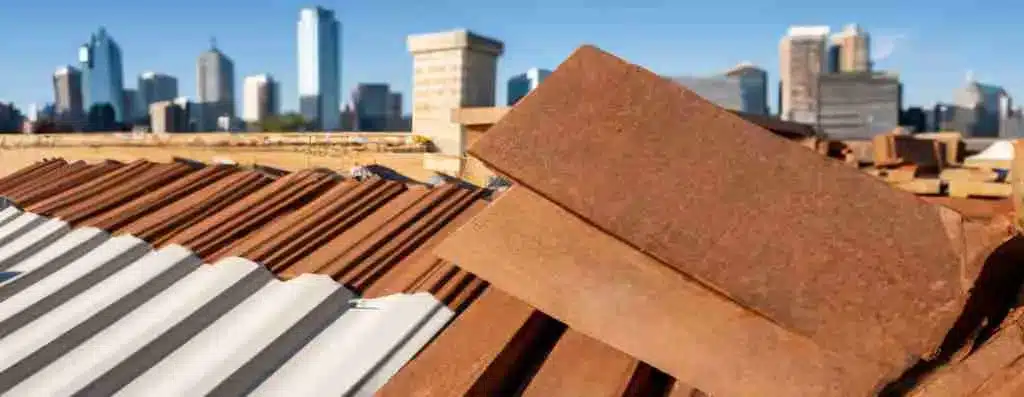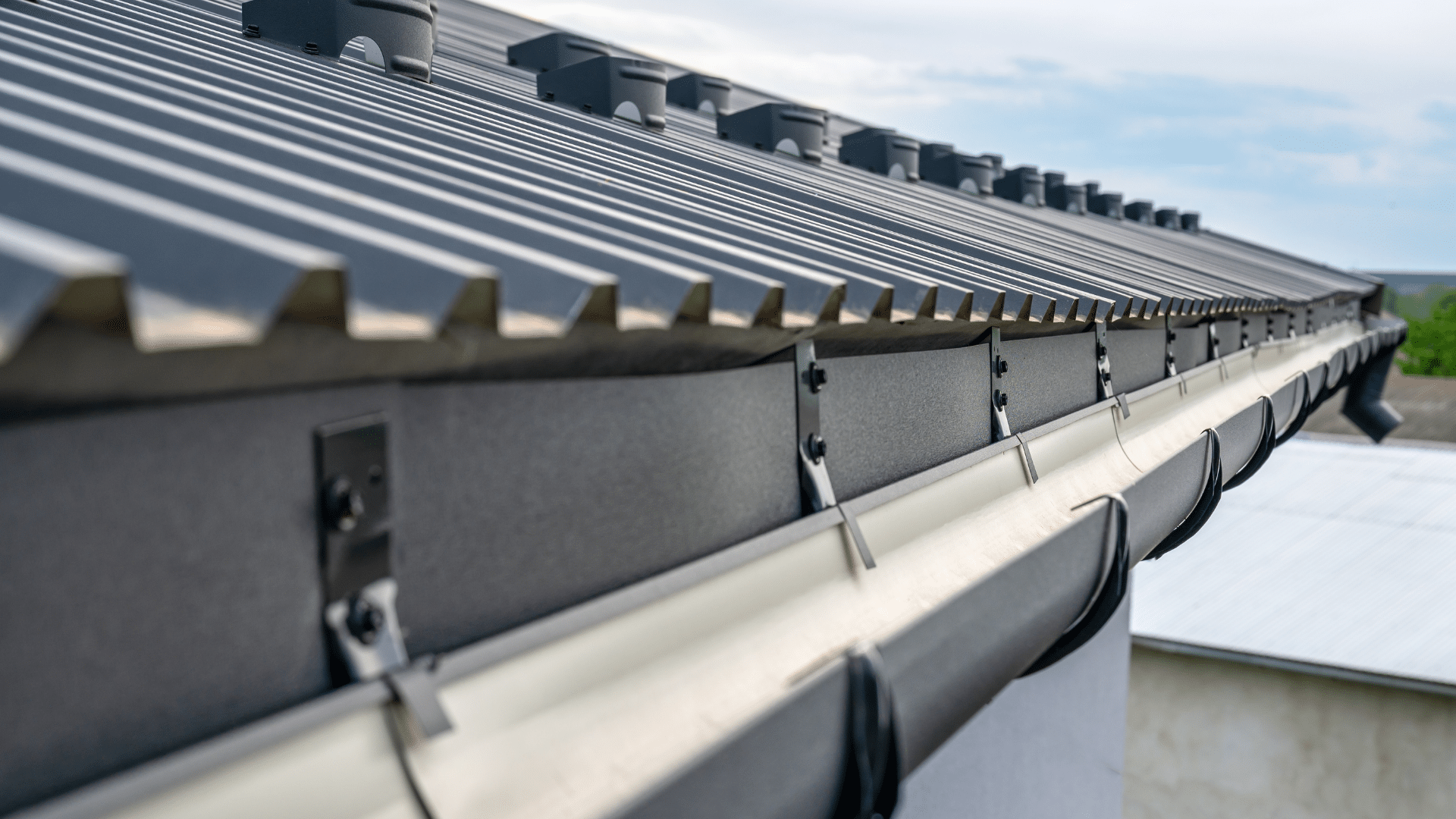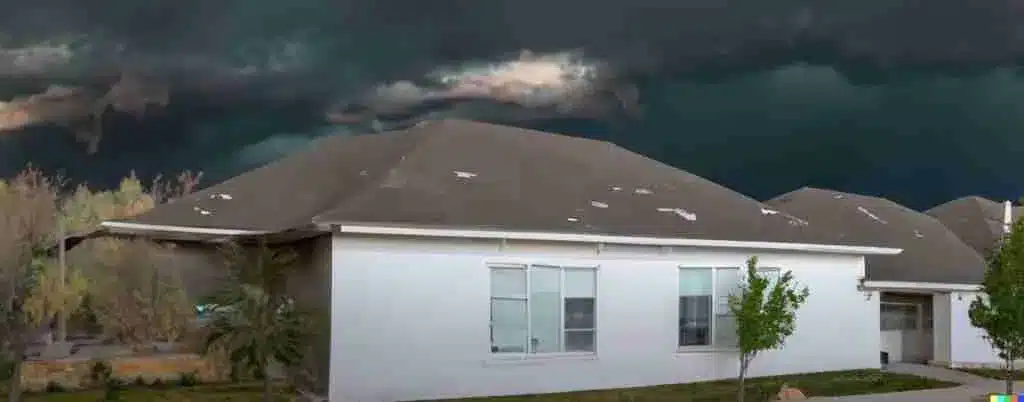Protecting your home starts with understanding the forces that could potentially harm it. One of the most vulnerable areas of your house is the roof, a primary defense against the elements. However, weather conditions such as hail, wind, and heavy rain can cause severe storm damage to your roof. This article provides a comprehensive look at how these weather phenomena can affect your roof and steps you can take to safeguard your home.
Hail Damage
Hail can cause significant damage to your roof, particularly if it’s made of asphalt shingles. Hailstones can dislodge the granules on the shingles, expose the underlying material, and reduce the shingle’s lifespan. Large hailstones can even cause punctures or cracks in the shingles, leading to leaks and water damage inside your home. Regular roof inspections, especially after a hailstorm, can help detect and repair hail damage early.
Wind Damage
High winds, often associated with storms and tornadoes, can lift or even tear off shingles from your roof. The corners and edges of the roof are particularly susceptible. Wind can also cause debris like branches or entire trees to fall on your roof, causing structural damage. To protect your roof from wind damage, consider regular trimming of nearby trees and using wind-resistant shingles for your roof.
Rain and Water Damage
Heavy rain is one of the most common causes of roof damage. Over time, rain can cause your roofing material to deteriorate, leading to leaks and water damage to your home’s interior. Ensuring proper roof maintenance, including regular cleaning of gutters and downspouts, can help prevent water damage.
Snow and Ice Damage
In colder climates, snow and ice can pose a serious threat to your roof. The weight of accumulated snow can strain the roof structure. Moreover, the freeze-thaw cycle can lead to ice dams, which prevent proper drainage and can cause water to seep under your shingles, leading to leaks. Regular roof inspections and proper attic insulation can help prevent snow and ice damage.
UV Damage
While not a storm-related concern, prolonged exposure to the sun’s ultraviolet (UV) rays can cause your roofing material to degrade over time. UV radiation can cause your shingles to become brittle and prone to cracking, reducing their lifespan. Using UV-resistant shingles can help mitigate this type of damage.
Preventing Storm Damage
Understanding how weather affects your roof is the first step towards protecting your home. Regular roof inspections and maintenance can help detect and address any potential issues before they lead to more significant damage. Moreover, choosing the right roofing material for your local climate and weather conditions can go a long way in preventing storm damage.
Conclusion
Weather can have a significant impact on the health and longevity of your roof. By understanding the potential damages caused by hail, wind, rain, snow, and even the sun, you can take proactive steps to safeguard your roof and, by extension, your home. Remember, when in doubt, consulting with a professional roofer can provide you with the best course of action to ensure your home stays protected, no matter what Mother Nature throws at it.




